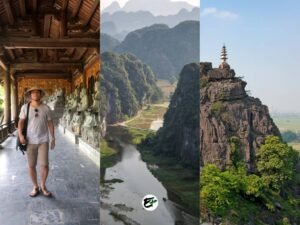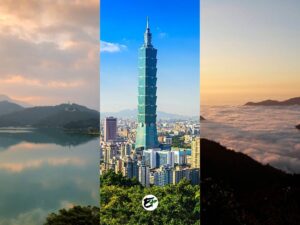Towns in Japan Countryside: 7 Best Unique Villages to Visit
Without a doubt, Japan is one of the most beautiful countries to visit. It’s a country that flourishes with culture, is rich in history, and boasts gorgeous scenery everywhere – including the countryside!
In this blog post, we will explore the towns and villages in the Japanese countryside, each with its own unique characteristics. These are the sights you wouldn’t want to miss when you visit Japan.
For each town discussed, you will learn about their unique features and the activities you can engage in. To help you navigate and visit these locations easily, I’ve added links to Google Maps and their official websites.
This post contains affiliate links. I may receive a tiny commission at no additional cost to you.

Use the table of contents to skip to topics.
Check out my other articles about Japan.
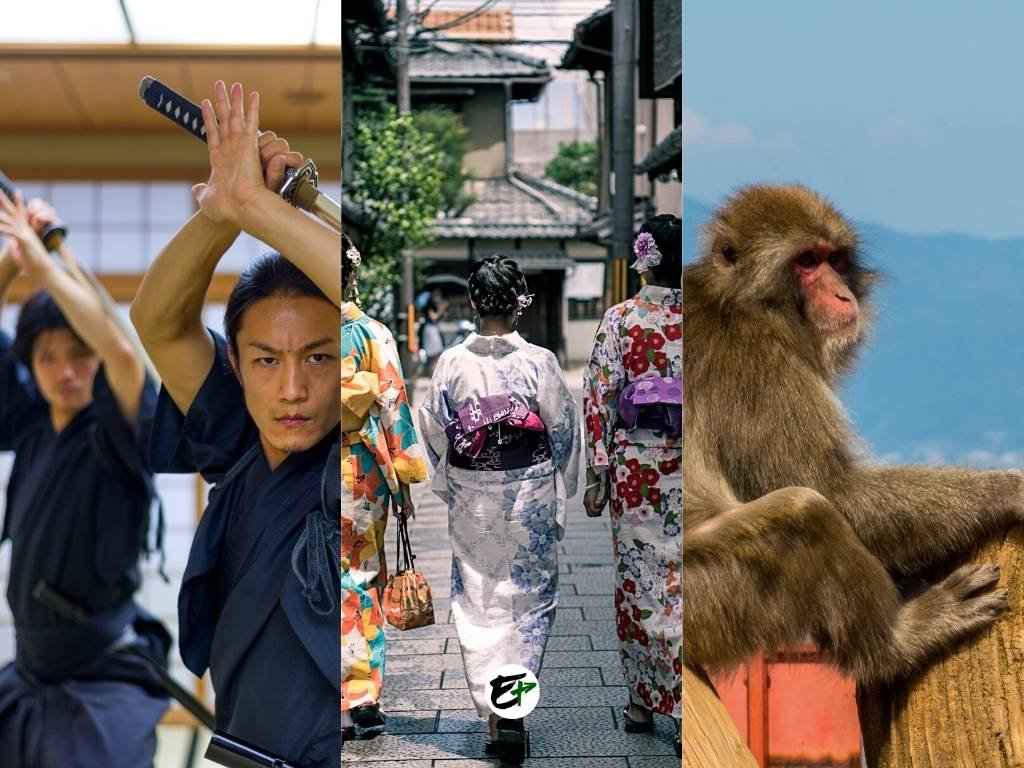
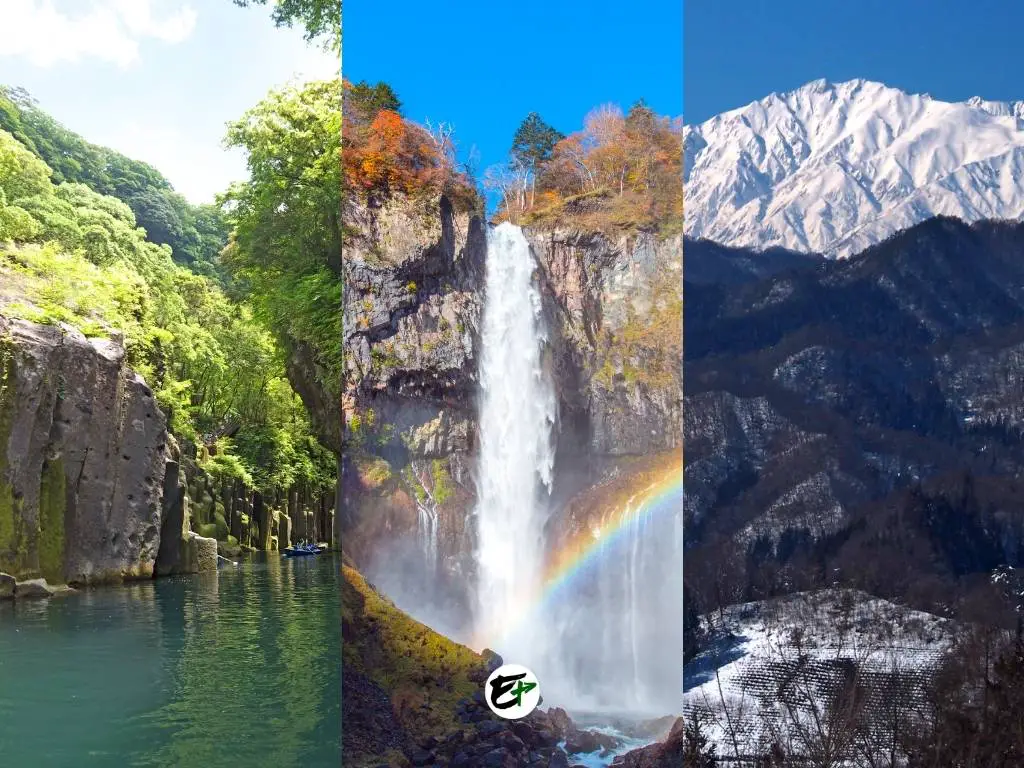
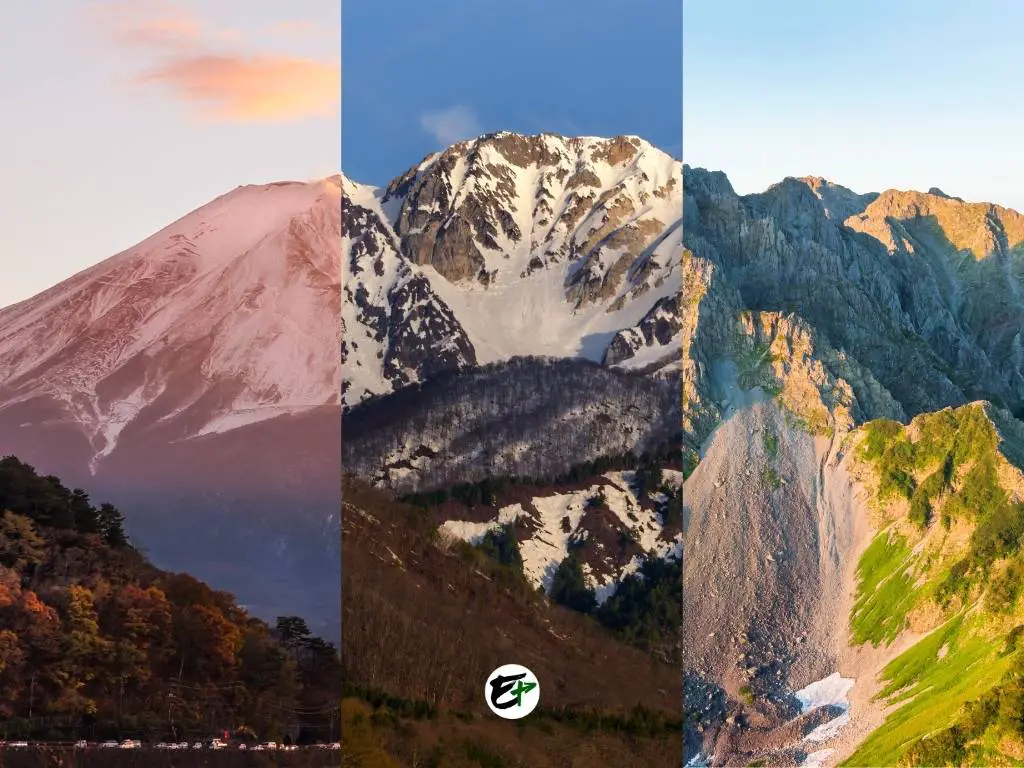
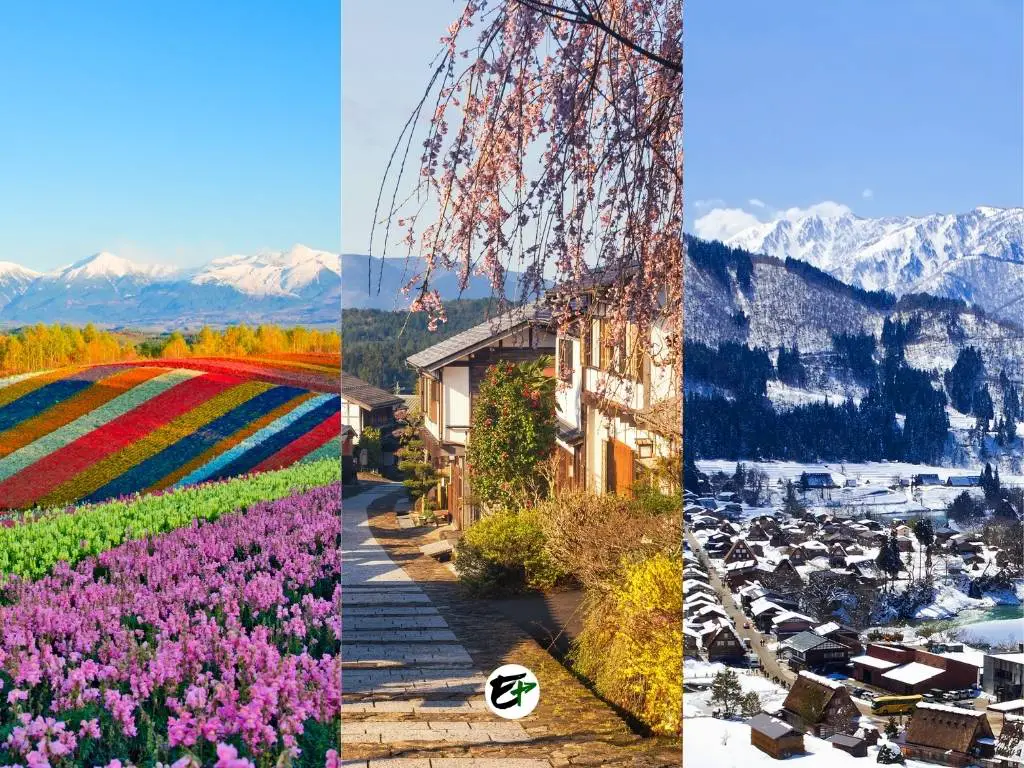
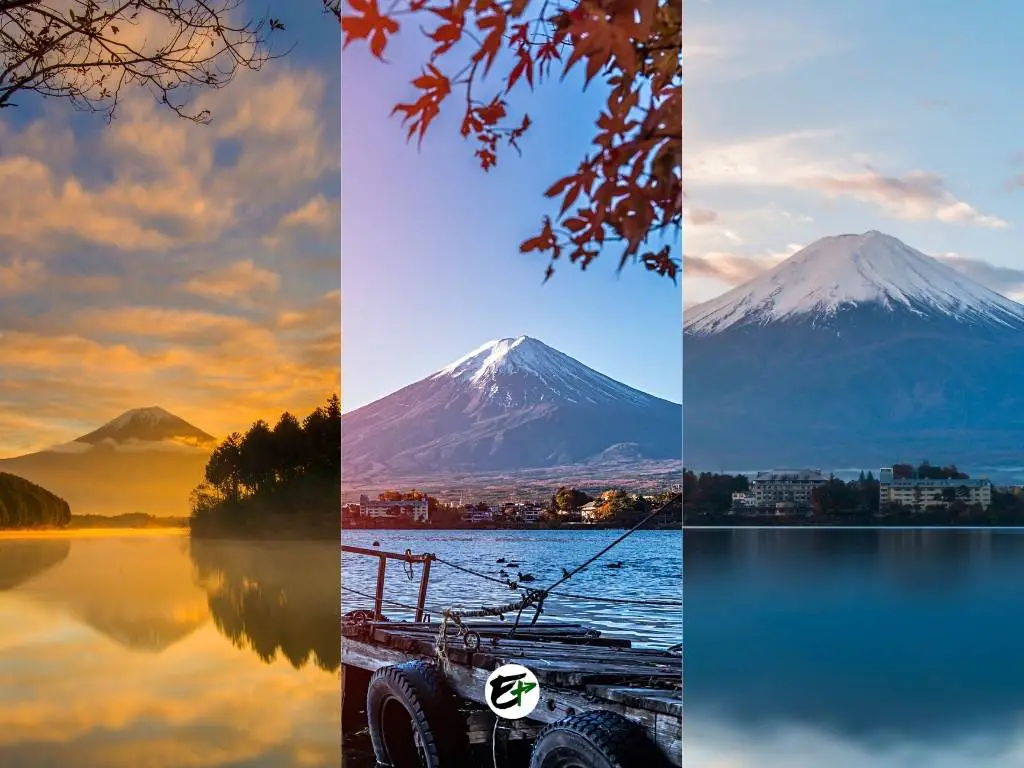
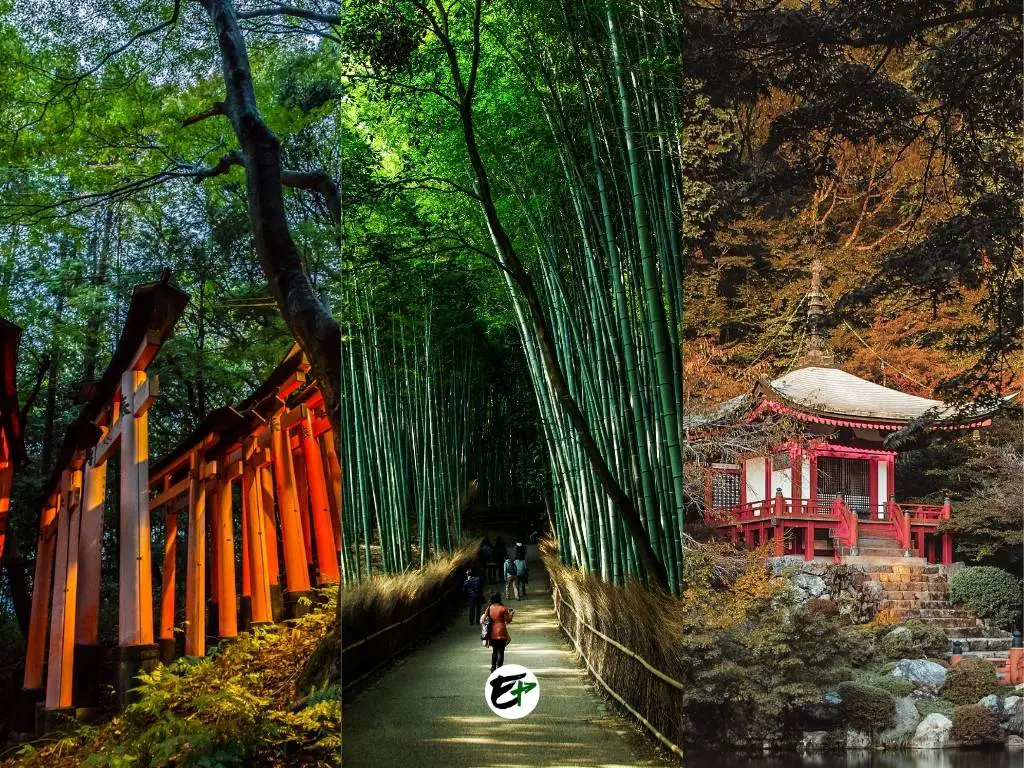
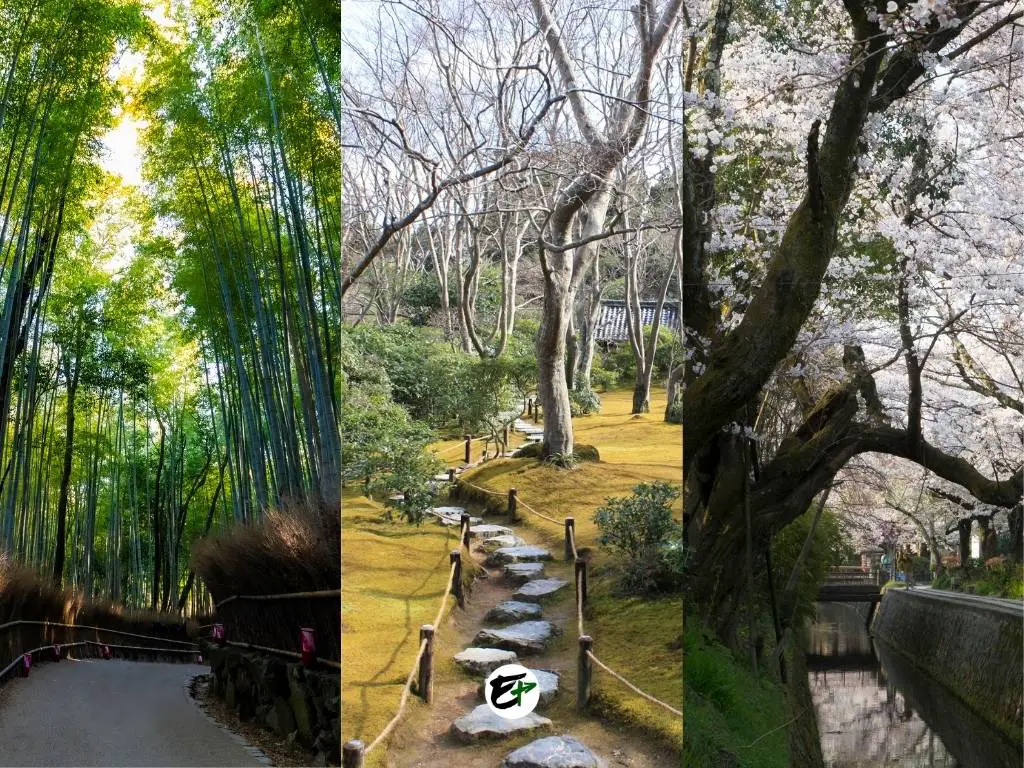
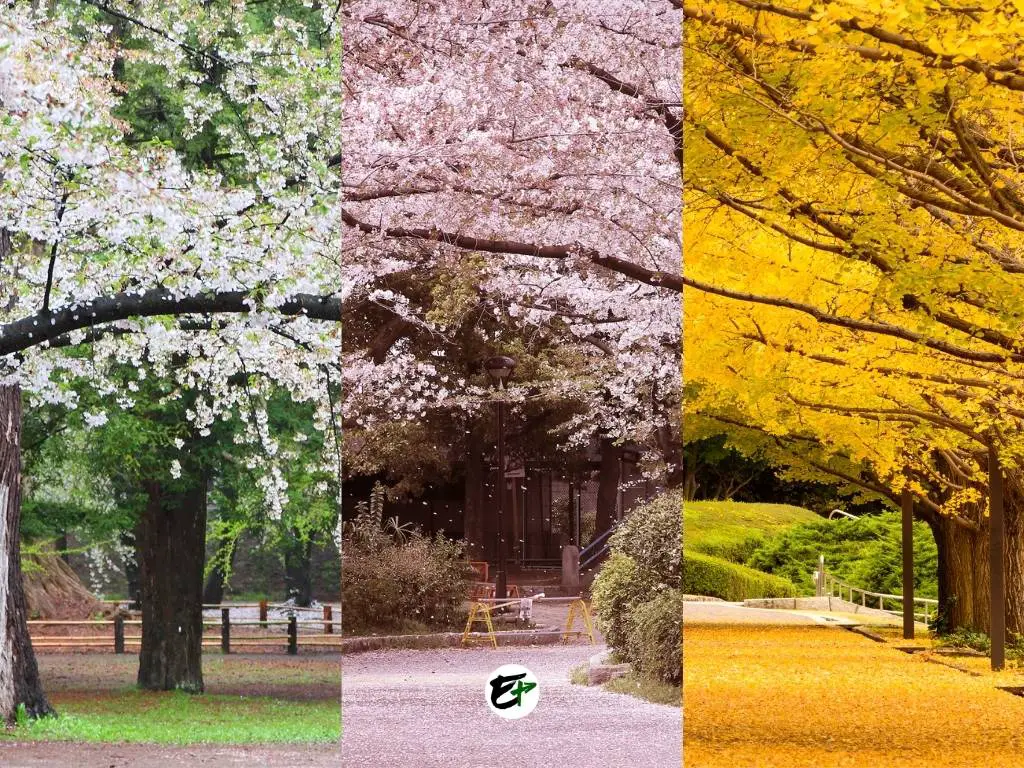
Planning a trip to the beautiful countryside of Japan? Here’s where you can find the best hotel deals.
1. Ine – The town also known as the Venice of Japan
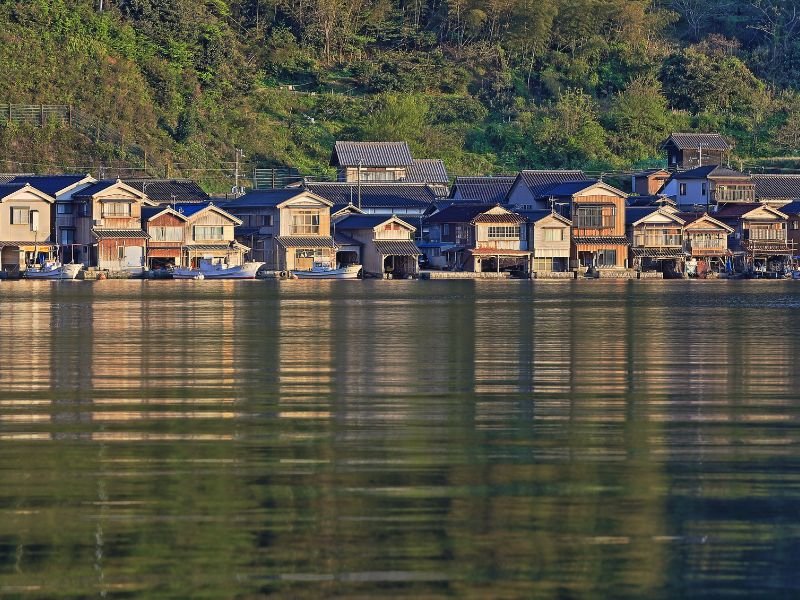

For a unique experience in Japan, consider visiting the countryside town of Ine. This charming village is located in the northernmost part of Kyoto Prefecture, touching the Sea of Japan.
Ine offers a glimpse of boathouses lining the bay, creating a picturesque scene. Known for its fantastic accommodation and unique historical perspective, Ine welcomes every visitor with its distinctive charm.
What Makes Ine Unique?
What sets the town of Ine apart? The answer lies in the unique boathouses known as Funaya. These wooden structures, appearing as if they’re floating on the sea, have seawater lapping at their doorsteps.
Funaya serve a dual purpose for the villagers and fishermen residing in Ine. The first floor of each Funaya acts as a dock for their boats, while the second floor provides their living quarters.
The beauty of these houses is amplified by their reflections on the water, especially when illuminated by sunlight. The sight of Funayas lining the shore creates a scene unlike any other. This distinctive landscape is the reason why Ine has been designated as an Important Preservation District of Historic Buildings in Japan.
What to do in Ine?
Wondering what to do in the town of Ine? Here are some suggestions:
- Start by treating yourself to a delicious seafood meal at Funaya Shokudo or the Boathouse Cafe. As you dine, you’ll enjoy excellent views of the surroundings.
- Next, consider hiring an Ine Bay Marine Taxi or taking a boat tour. This will give you an up-close look at the Funaya, the unique boathouses that define the town.
- Finally, make your way to Funaya no Sato Park. This park features an observation deck that offers a panoramic view of the town and the nearby waters.
Check out Ine’s location on Google Maps | Official website of Ine
2. Yoshino – The town best to see cherry blossoms

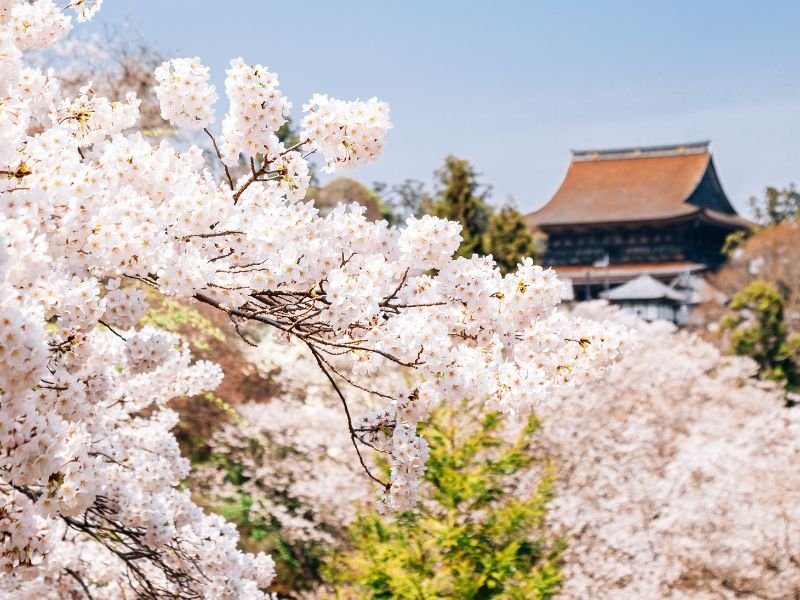
Yoshino, nestled in the northern part of Yoshino District in Nara prefecture, is a town surrounded by mountains. Thousands of cherry blossoms can be found here, with Mount Yoshino, located nearby, being particularly abundant.
The journey from Yoshino town to Yoshino Mountain is a brief bus ride from the town center. However, some visitors choose to hike the mountain. The climb is easy, with beautiful cherry blossoms lining the trail.
If time permits, why not opt for a hike? It’s a healthy activity that allows you to enjoy the cherry blossoms, especially in spring when they are in full bloom.
What makes Yoshino unique?
Yoshino is a haven of flowers, a must-visit place in Japan during the spring. The town serves as the entrance to Mount Yoshino, which, as per data, houses 30,000 trees with 200 varieties of sakura that bloom spectacularly each year.
An eight-kilometer trail begins from the town center and stretches along the northern face of Mount Yoshino, divided into four sections. Each section historically had 1000 trees, but the numbers may have increased now!
The four sections of Yoshino are:
- Shimo Senbon – The lower section
- Naka Senbon – The middle section
- Kami Senbon – The upper section
- Oku Senbon – The innermost section at the mountain’s peak
As the cherry trees are at varying altitudes, they bloom at different times during the spring season. This staggered blooming provides ample opportunity to view the cherry blossoms without the usual crowds.
What to do in Yoshino?
- Spend time under the pink and white cherry and sakura blossoms at the Hanayagura Observatory in the Kami Senbon area. Pack some blankets and enjoy a picnic amidst the stunning pink landscape.
- Take a leisurely stroll to the cafes in the lower area of Shimo Senbon, just a 30-minute walk from Yoshino station. Here, you can witness valleys blanketed with cherry blossoms and sakura.
- Explore the scenic shrines adorned with cherry blossoms. There are numerous mountain temples to visit, including Yoshimizu Shrine, Kinpusen-Ji Temple, and the ancient Nyoirin-Ji Temple.
See the location of Yoshino Town on Google Maps | Official website of Nara
3. Tsurui – The Soundscape town of Hokkaido Japan

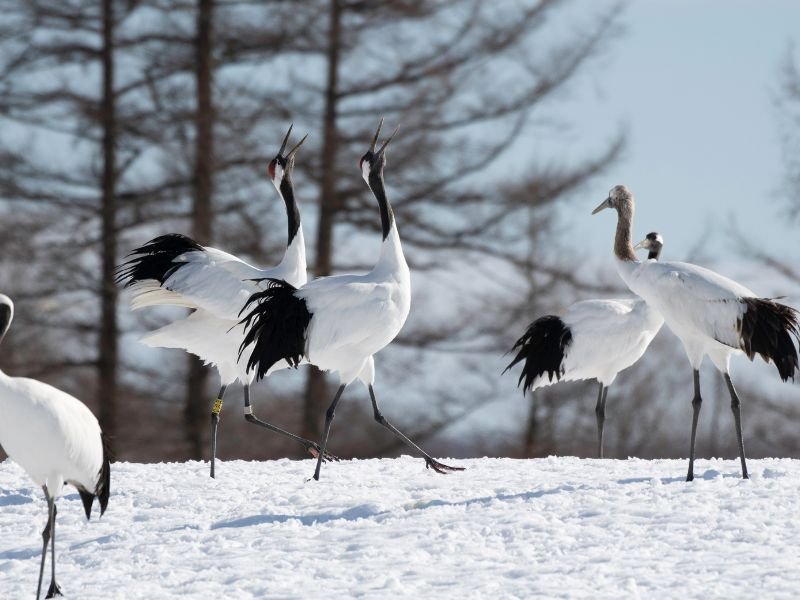
Recognized as one of Japan’s 100 soundscapes, Tsurui offers a respite from noise pollution, allowing visitors to immerse themselves in the sounds of nature.
This town in the eastern part of Hokkaido in the Kushiro subprefecture is a breeding ground for red-crowned cranes, their presence adding to the tranquil ambiance of Tsurui.
But the red-crowned cranes are not the only attraction. Tsurui also features panoramic, walkable wetlands. Come summer, the hills near the town transform into a vibrant green landscape. This is when visitors get a glimpse of Japan’s authentic countryside, complete with dairy farms dotting the fields.
What makes Tsurui unique?
Tsurui stands out from other towns in Japan because of its the animals.
This town is known for its population of the red-crowned crane, considered the world’s rarest crane species. These cranes, also referred to as Tancho or Manchurian Cranes, hold significant symbolic value for the Japanese.
In Japanese culture, red-crowned cranes represent happiness, marital fidelity, love, and longevity. This symbolism is so profound that the crane is featured in the logo of Japan Airlines.
What to do in Tsurui?
- Start your journey at the Nature Center. Here, you can find an information desk, watch informative presentations about the cranes, view an art exhibit, and enjoy a hot cup of coffee. This is your first step in learning about the Tancho Cranes.
- Next, head to the observation area. Binoculars are available for you to borrow, allowing you to observe the birds from a distance yet feel as if they’re within reach.
- During the summer, immerse yourself in Tsurui’s agricultural scene at the ranch-style restaurant and hotel, Heart’n Tree. Stay in a cottage surrounded by verdant fields, savor local cuisine, and participate in cheesemaking and other culinary classes.
- Also, in the summer, visit Japan’s expansive marshland starting from the Onnenai Visitor Center. Take a stroll along a wooden platform that cuts through fields brimming with fen plants, Japanese alder trees, and cotton grass. This area is also home to the red-crowned crane, Ezo red fox, Siberian salamander, and Yezo deer, making it an ideal destination for nature enthusiasts.
See Tsurui’s location from Google Maps | Official website of Tsurui (Japanese)
4. Biei – The Town with Rainbow Fields
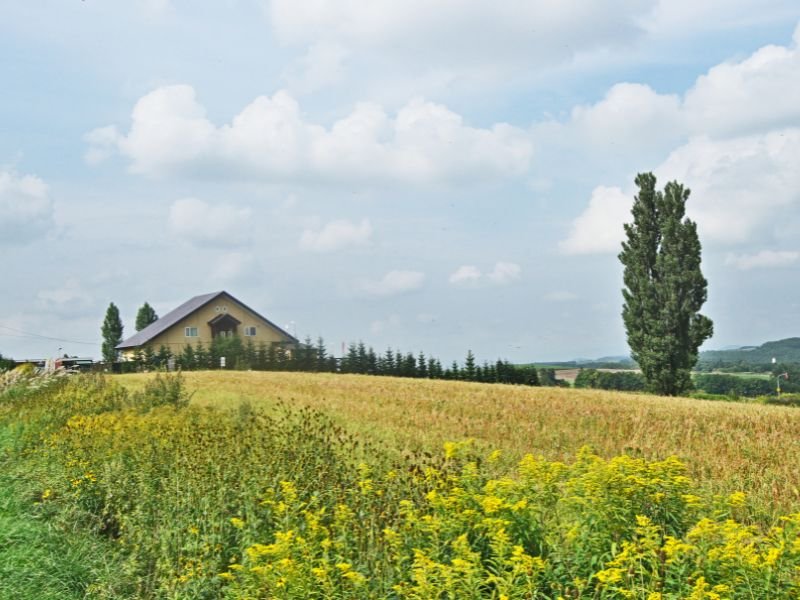
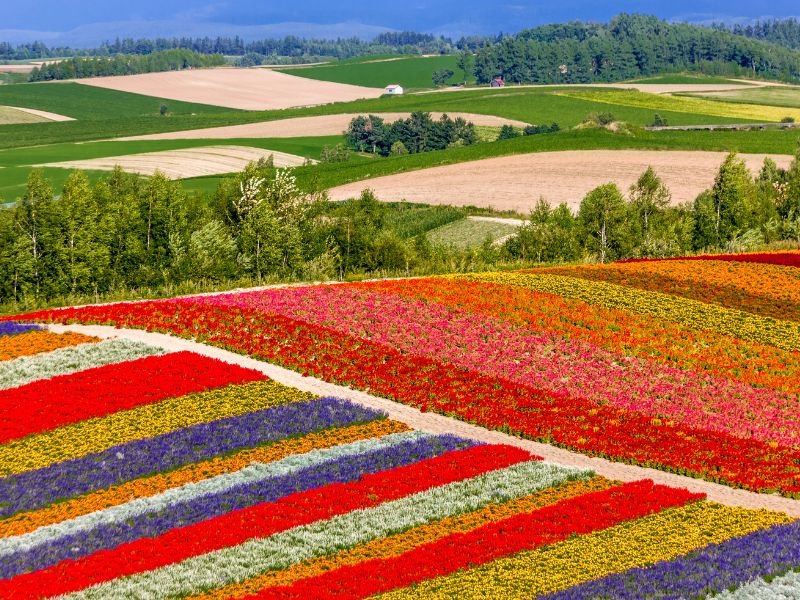
Biei, another charming town in Hokkaido, is located in the Kamikawa subprefecture. Known for its picturesque landscapes, it has been featured on national television multiple times.
The town is divided into two areas. Patchwork Road, the northwestern part of Biei, offers visitors a chance to experience scenic rural landscapes throughout the year.
On the other hand, Panorama Road lives up to its name by providing visitors with sweeping views of the hills and farms. It’s a sight that leaves a lasting impression on anyone who visits.
What makes Biei unique?
Biei is a town that boasts hectares of fields teeming with a variety of blooming flowers. French Marigolds, Poppies, Sunflowers, Lupins, and Iris Germanica are just some of the plants that blanket Biei’s gently rolling hills in a vibrant spectrum of colors.
For those who appreciate the beauty of flowers, Biei is an ideal destination. It’s also a great place to capture that impressive Instagram shot that’s sure to captivate your followers.
What to do in Biei?
- The must-see is the Hokusei Hill Observatory. Housed within a pyramid-shaped structure, it offers stunning views of the Zeburu Hills and Biei’s fields. It also doubles as a flower park, which you can explore on foot or by electric cart.
- Consider renting a bike or car to traverse Biei. There’s nothing quite like admiring the flower fields at your own pace.
- Step into Takushinkan, a gallery showcasing photos of Biei and other picturesque landscapes in Japan.
- At Shikisai Hill, rent and ride a golf cart or hop on a tractor-pulled wagon for a fun and enjoyable tour of the flower and lavender farms.
- Visit Farm Tomita and marvel at the sight of hills blanketed in purple. Enjoy the scent of lavender, especially during the full bloom that lasts for ten days starting in mid-July.
- Experience tranquility at Aoiike – Shirogane Blue Pond. A visit to this blueish-white pond, surrounded by a withered birch forest, offers a unique and captivating experience beyond exploring the fields.
Check out Biei’s location on Google Maps | Official website of Biei
5. Magome – A mountain town with old traditional houses
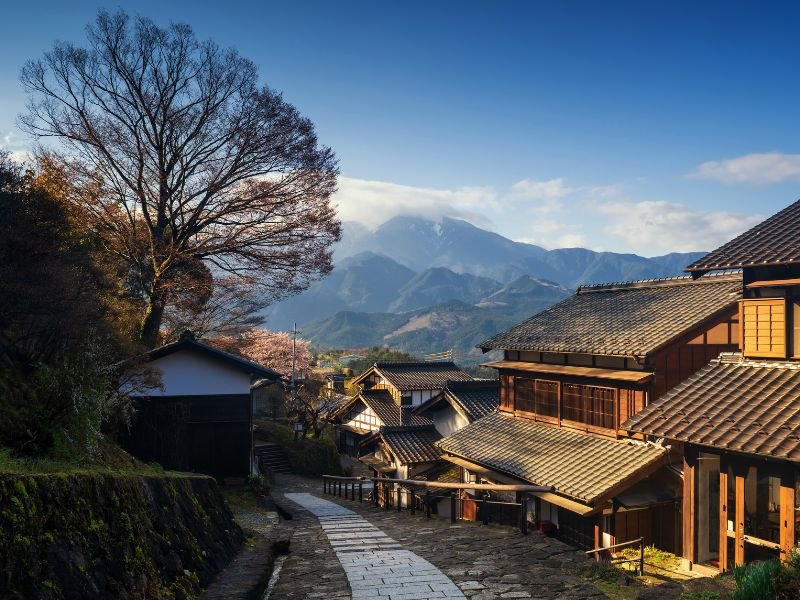
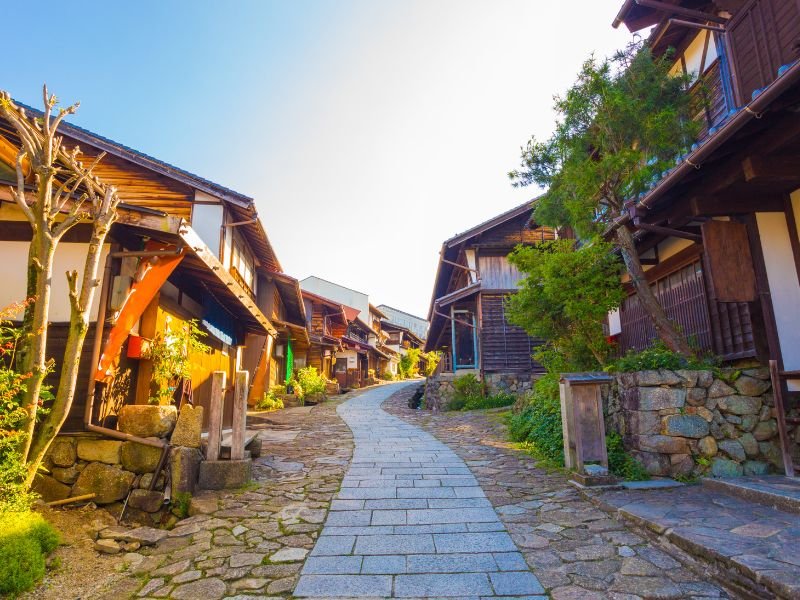
In days gone by, a route known as Nakasendo served as a vital link between Kyoto and Tokyo. Given the length and difficulty of the journey, post towns began to emerge along this route, providing weary travelers with much-needed rest and accommodation.
One such place where these post towns were established is the Kiso Valley, which Nakasendo traverses. Among these towns was Magome. However, over time, many of these towns have disappeared, unable to withstand the passage of time. Today, only a handful remain, with Magome being one of the fortunate few that have endured.
In today’s political landscape of Japan, Magome is part of the Nakatsugawa district in Gifu prefecture. Its role has changed significantly, as it no longer serves travelers in the way it once did, with highways and trains now being the preferred modes of transport between cities.
Despite these changes, Magome continues to draw in thousands of visitors. The town’s captivating scenery, characterized by traditional wooden houses, cobblestone paths, and picturesque mountains, offers a glimpse into the past. This nostalgic charm and the opportunity to satisfy their wanderlust continue to attract visitors to this day.
What makes Magome unique?
Magome’s high elevation, cobblestone paths, and wooden houses evoke a sense of awe and nostalgia for visitors, transporting them back to a different era in Japan.
While other locations, such as Kyoto, feature similar architectural styles and cobblestone walkways, it’s the mountain views that set Magome apart. The sight of these majestic peaks adds a unique element to the town’s charm.
What to do in Magome?
- Embark on a hike along the ancient Nakasendo trail from Magome to Tsumago. This journey offers panoramic views of mountains, waterfalls, waterwheels, and shrines.
- Explore Shimizuya Shiryokan, where a gallery displays the personal belongings of Magome’s citizens. Discover a variety of items, including scrolls, clothing, and pottery.
- Pay a visit to the Toson Memorial Museum and Tsuchimaya Shiryokan. These museums house the works of Shimazaki Toson, a celebrated writer who was born in Magome.
- Immerse yourself in the history of Magome at the Wakihonjin Museum. This small museum features a gallery that provides insight into life in the old Nakasendo post town.
See Magome’s location in Google Maps | Official Website of Japan Tourism
6. Hakuba – The town with the best view of the Japanese Alps
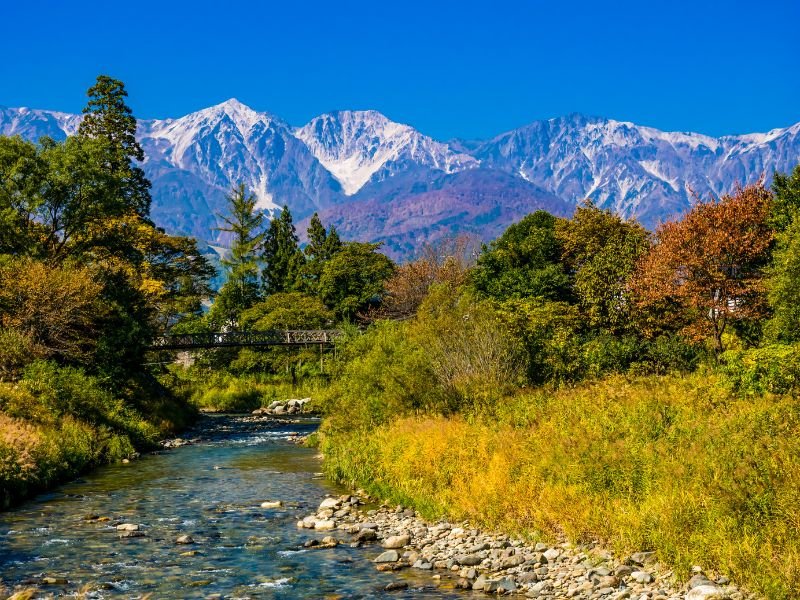

Hakuba, nestled in the Northern Alps of Nagano prefecture, is renowned for its numerous ski resorts. As per 2019 statistics, the town had a modest population of just 9000 permanent residents. However, during peak seasons, the influx of transient visitors surpasses the number of permanent inhabitants.
The town’s appeal lies in its mountain slopes, which cater to skiers of all skill levels. It’s an ideal destination for anyone, particularly those keen on trying skiing for the first time.
For some, like myself, skiing is just one of the attractions of Hakuba. The real draw is the opportunity to sightsee in the Japanese Alps. It’s the kind of place where one could spend an entire day simply gazing at the mountains, coffee in hand. The Northern Alps are home to some of Japan’s highest peaks, reaching elevations of 3000 meters.
What makes Hakuba unique?
Hakuba’s close proximity to the Northern Japanese Alps sets it apart from other small towns in Japan. Its numerous ski resorts are a major draw, but the breathtaking mountain views from the town itself are equally compelling, underscoring Hakuba’s unique charm.
The quality of snow in Hakuba is another distinguishing feature. Often described as “powder snow,” it’s considered some of the finest in Japan. This exceptional snow quality was one of the reasons Hakuba was selected as a host site for a previous Winter Olympics.
What to do in the town of Hakuba?
- Skiing is a popular choice during winter and early spring, with the slopes of the Japanese Northern Alps providing an ideal setting.
- For a bird’s eye view of the mountains, consider taking a hot air balloon ride. This activity offers a unique perspective of the stunning landscape.
- If you’re seeking a more thrilling aerial experience, paragliding is also an option.
- Hakuba’s nearby river presents an opportunity for river rafting, a fun way to test your skills against the current.
- If you have some extra time, why not try fishing in the fresh waters of the rivers that originate from the mountains?
- For the adventurous, canyoneering offers a chance to jump into vibrant blue waters from a cliff and test your scrambling skills.
- If you prefer a more relaxing water sport, canoeing could be just what you’re looking for.
See Hakuba’s location in Google Maps | Official website of Hakuba
7. Shirakawa – The fairytale town of Japan
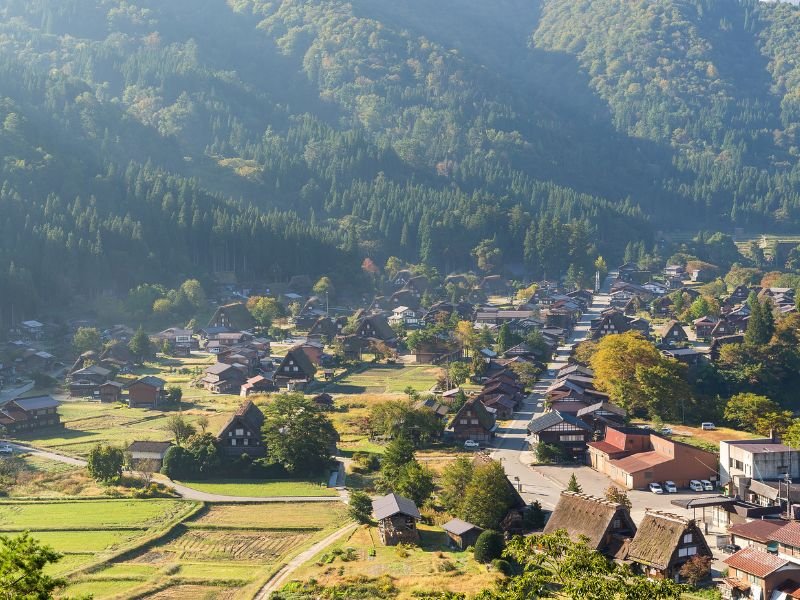

Shirakawa, often referred to as a “hidden” village due to its secluded location, is a gem in the heart of Japan. This cultural treasure was recognized as a World Cultural Heritage Site in 1995.
Located in the Ono district of Gifu Prefecture in western Japan, Shirakawa is nestled within the Ryohaku Mountains. It’s known for experiencing the heaviest snowfall in Japan each year, a characteristic that has shaped its charm and appeal.
The harsh winter conditions led the residents of Shirakawa to construct robust houses capable of withstanding the heavy snowfall. While these houses were initially built out of necessity, their unique architectural style has turned them into a tourist attraction.
The combination of these picturesque houses and the natural beauty of Shirakawa creates a scene reminiscent of a movie or fairy tale. It’s a sight that is sure to captivate the heart of any true wanderer.
What makes Shirakawa unique?
The distinctive “Gabled Gassho Style” houses contribute to Shirakawa’s uniqueness. These houses, with their triangular shapes reminiscent of an open book resting on its covers, are a defining feature of the village. This design enables the houses to withstand the heavy snowfall that Shirakawa experiences, preventing snow from accumulating on the roofs.
The serene natural surroundings enhance the village’s cozy atmosphere. The beauty of the town is even more striking when viewed from a nearby vantage point. In my opinion, Shirakawa surpasses even the hobbit village in New Zealand in terms of its charm and character.
What to do in Shirakawa?
- Visit the Wada house, the largest gassho-style house in Shirakawa. This house features a garden, fields, and waterways. On the second floor, you can explore artifacts and items that belonged to the Wada Family.
- Explore a Monk’s residence at Myonzenji Temple, known for its yew tree and bell tower gate.
- Discover more about Shirakawa Village at the Gasshozukuri Minkaen Outdoor Museum.
- Take in a panoramic view of the town from two vantage points: the Tenshukaku Castle Keep Observatory and the Ogimachi Castle Ruin Observation Area.
- Immerse yourself in the local culture at Tajima House. Here, you can learn about how the people of Shirakawa thrived with silk culture as their primary industry.
See Shirakawa’s location in Google Maps | Official website of Shirakawa
Save it on Pinterest.





